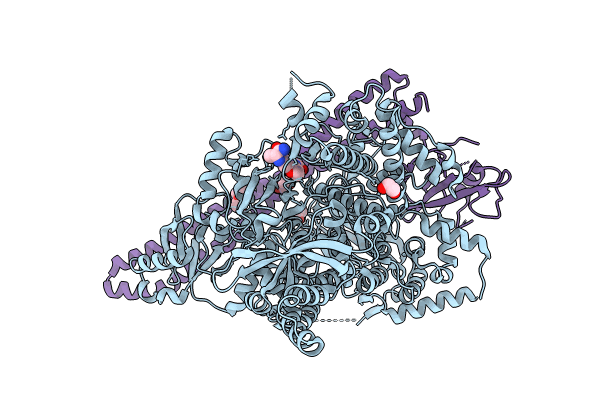
Deposition Date
2022-08-02
Release Date
2023-12-13
Last Version Date
2024-01-03
Entry Detail
PDB ID:
8AM0
Keywords:
Title:
Crystal structure of human T1061E PI3Kalpha in complex with its regulatory subunit and the inhibitor GDC-0077 (Inavolisib)
Biological Source:
Source Organism:
Homo sapiens (Taxon ID: 9606)
Host Organism:
Method Details:
Experimental Method:
Resolution:
2.82 Å
R-Value Free:
0.30
R-Value Work:
0.28
R-Value Observed:
0.28
Space Group:
P 21 21 21


